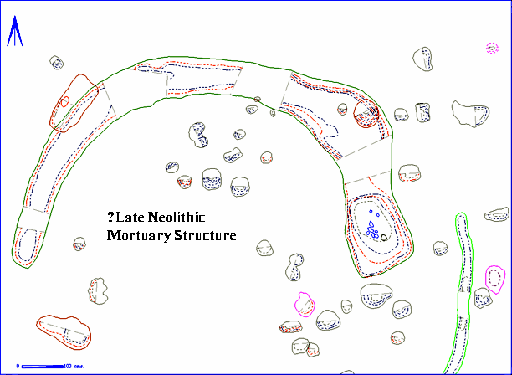
Fig. 3.23 Prehistoric features Area 11AE
The majority of the prehistoric material was derived from sealed features, mostly pits. There is clearly a reduction in the frequency of prehistoric features relative to that found in the area of the Anglian cemetery and the open landscape examined at Cook's Quarry to the north. There is, however, a number of important assemblages derived from Late Neolithic pits, particularly from the northern half of the site. In the southern half, where there seems to have been a less intensive use of the landscape in this period, one feature group, comprising a semi-circular gully with associated post-holes, may represent a timber mortuary house of the type generally found under long-barrows. This interpretation is given some support from the presence of a number of human bone fragments, including two cut skull fragments, residual in an adjacent ditch segment.
The excavations at West Heslerton over the last fifteen years have produced a remarkably complete set of Late Neolithic and Early Bronze Age ceramics, offering the opportunity for collective analysis across simple site boundaries. The presence of carbonized hazel-nut shells in association with many of the ceramic types recovered offers an opportunity to establish a detailed radiocarbon series spanning the transition from the late Neolithic to Early Bronze Age.
Later prehistoric wares form only a very small part of the assemblage, and although this includes small quantities derived from Late Bronze/Early Iron Age contexts linking the sites at Devils Hill and Staple Howe to the south and west and West Heslerton Site 1 to the north, the distribution indicates that this segment of the landscape was less intensively utilised during the latest prehistoric phases than the areas to the north and the enclosed knolls on the Wolds scarp to the south. Two small cremation cemeteries appear to date to the Late Bronze Age and may be of importance within a broader picture of later prehistoric land-use regimes. The evidence for prehistoric activity is radically reduced in the southern part of the site in particular, although here prehistoric land-surfaces clearly do survive, protected by hill-wash in the dry valleys (see also 4.9 The Roman Pottery Assessment).

Fig. 3.23 Prehistoric features Area 11AE
© Internet Archaeology
URL: http://intarch.ac.uk/journal/issue5/westhes/3-7-2.htm
Last updated: Tue Dec 15 1998